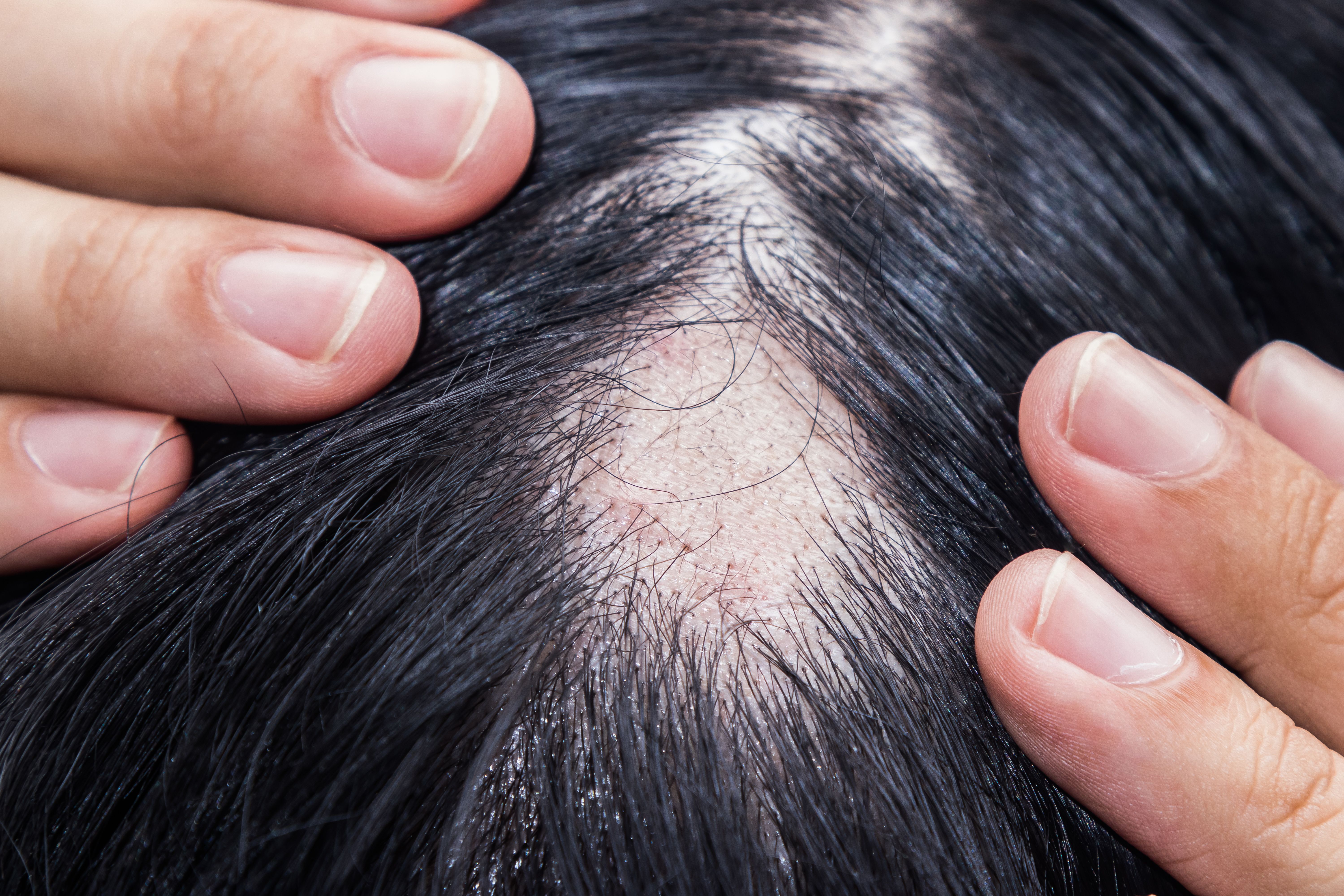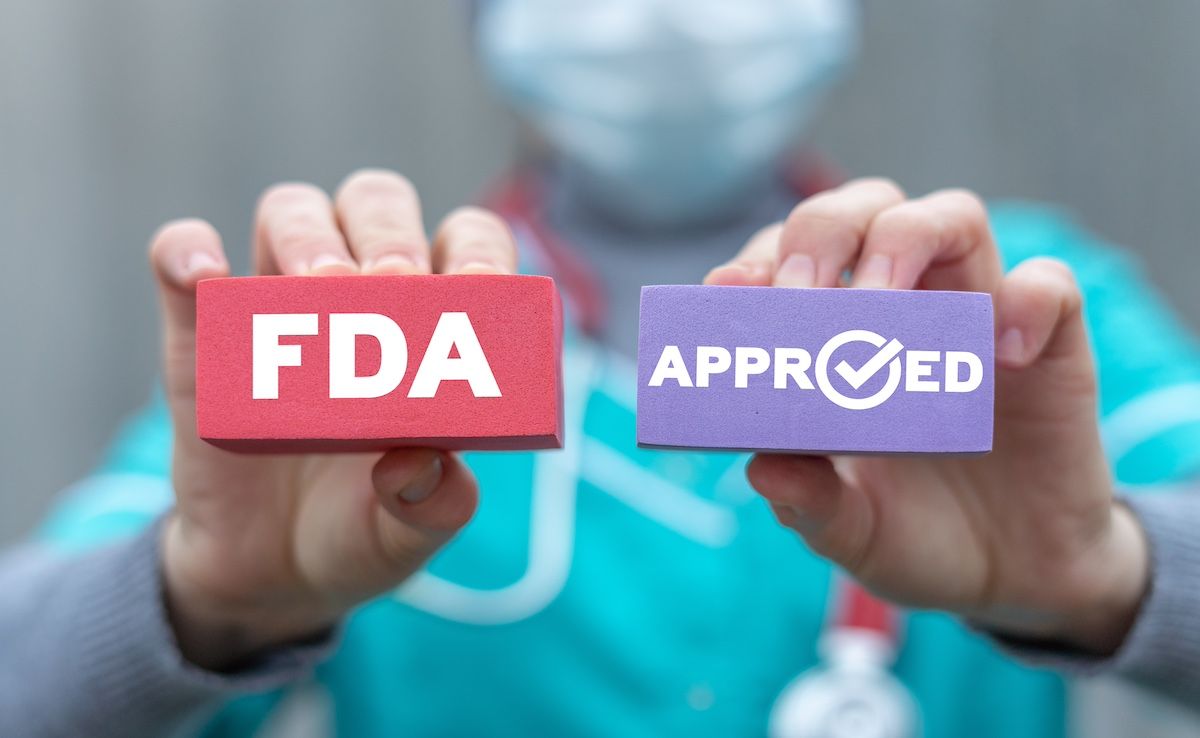News
Article
Avidity Biosciences Gains FDA Orphan Drug Designation for Patients With DMD
Author(s):
Sarah Boyce, president and CEO at Avidity Biosciences, discusses her leading role at the company, as well as antibody oligonucleotide conjugate drug, AOC 1044, currently in development for Duchenne muscular dystrophy (DMD) with mutations amenable to exon 44 skipping (DMD44).
Sarah Boyce, president and CEO, Avidity Biosciences | Image Credit: Avidity Biosciences

The FDA recently granted an orphan drug designation to antibody oligonucleotide conjugate 1044 (AOC 1044), an investigational treatment from Avidity Biosciences in development for the treatment of Duchenne muscular dystrophy (DMD) with mutations amenable to exon 44 skipping (DMD44). DMD is a rare genetic condition, which typically appears at a very young age, characterized by progressive muscle damage and weakness from the loss of dystrophin protein. There are currently no therapies approved that target exon 44.
Here, Sarah Boyce, president and CEO at Avidity Biosciences, discusses her leading role at the company, as well as AOC 1044.
This transcript has been edited for clarity and conciseness.
The American Journal of Managed Care® (AJMC®): Can you explain the science behind AOC 1044 for the treatment of DMD in people with mutations amenable to exon 44 skipping?
Boyce: I'll address this in 2-parts, because there is the science behind our AOCs, and then I'll more specifically talk about AOC 1044 and the treatment of DMD and people who have mutations that are very specifically amenable to exon 44.
Our goal at Avidity, as well as our vision and mission, is to be able to make a profound impact on people's lives. Our goal in doing that is through delivering a new class of RNA therapeutics, which are the AOCs. And it's very specifically around tackling what has been one of the fundamental challenges in the RNA space, which is delivery to cells and tissue types outside of the liver.
We use the antibody kind of like a delivery vehicle. One of the things we know about antibodies is that you can very specifically target certain cells and even certain receptors on cells. So that's what we utilize in the antibody to get to the right cell; then we can get an induced pluripotent stem cell case. Our RNA is called a phosphorodiamidate morpholino oligomer (PMO). We can get the PMO to its target tissue.
In December of last year, we were the first ever company to be able to do this. To be able to show that we could successfully target delivery of RNA to muscle was a big advancement in the field of RNA therapeutics.
DMD is a disease caused by a genetic mutation. It prevents the body from producing a protein called dystrophin, which is sometimes described as a shock absorber. What it does is it protects the muscle cells from injury when they contract. If we think about our muscles contracting all of the time, in the case of people living with DMD, not having a functional dystrophin protein is what leads to stresses and tears of the muscle cell membranes, and that eventually results in muscle cell death and inflammation. Of course, with both of those is a progressive loss of muscle function.
It affects young boys; they suffer from progressive muscle weakness, and it typically starts at a very young age. Over time, people living with DMD develop problems in walking, breathing, and eventually, the heart and respiratory muscles, where they ultimately stop working.
What we're looking to do with AOC 1044 is to deliver our PMO to skeletal muscle and heart tissue, to specifically exon 44 of the dystrophin gene. In doing that, it's our goal to be able to enable production of dystrophin. What that means is we're able to target a very specific exon, with the goal of having functional dystrophin produced to ultimately be able to make an impact on the lives of people living with DMD.
AJMC: Given the specific benefits of orphan drug designation, how does this affect the development and accessibility of AOC 1044 for patients with DMD44, and what role does it play in value-based care?
Boyce: Orphan drug designation is important. We are thrilled to have received it from the FDA Office of Orphan Products Development. The goal around why orphan drug status, or designation, was brought into effect was to support the development of medicines specifically designed for conditions that affect fewer than 200,000 people living in the United States.
In particular, it provides a range of benefits around market exclusivity upon approval. Doing that is sort of a way to bring more companies into developing drugs for rare diseases. There's an exemption from the FDA application fees, and there are also tax credits for clinical trials. So it was designed as a way to incentivize research into orphan drug development.
AJMC: Are there any pharmacovigilance measures that Avidity will be monitoring to assess the success and impact of AOC 1044?
Boyce: Yeah, absolutely. Right now, we have the EXPLORE44 trial underway. This is a phase 1/2 study in healthy volunteers and also in participants living with DMD44. The goal of the trial is to evaluate the safety, tolerability, pharmacokinetic, and pharmacodynamic effects of both a single dose and multiple ascending intravenous doses of AOC 1044. Our plan is to enroll approximately 40 healthy volunteers and 24 participants with DMD 44, with an age range of 7 to 27 years.
We'll be also looking at assessing exon skipping—are we able to skip our target exon—as well as justifying protein levels in participants with DMD 44. In this aspect, as part of a phase 1/2 study, we're looking at how the drug is metabolized by the body, the effectiveness of the drug compared with placebo for the increases of skipping, dystrophin levels, and muscle biopsies. We'll also be collecting measures of function; these will be things like measures of ambulation muscle function and pulmonary function. Once we have completed the study, or once participants have completed their portion of the study, they also have the opportunity to enroll into an open label extension study, where they can continue to receive the drug and be tracked.
Where we are today is we are on track to have data from the healthy volunteer portion of the study in the fourth quarter of this year, and we're currently enrolling people living with DMD44 into the study.
AJMC: What strategies has your organization used to overcome difficulties with enrolling minority patients in a study for a rare disease that affects fewer than 200,000 US patients?
Boyce: There are a lot of challenges around conducting studies for rare diseases; in particular, because there aren't many people living with those diseases. Because many rare diseases are devastating in nature, it makes it even more challenging from an aspect of enrolling minority patients because you're already looking at a pretty small number of people.
I think across pharma and biotech, there's been difficulty in enrolling minority patients in studies that don't involve rare diseases, let alone rare diseases. I think as we look at it, one of the first aspects is understanding some of the challenges. These include limited awareness of rare diseases and lack of access to health care, especially to specialist health care, where rare diseases are often diagnosed. There are also challenges with the diagnosis and the treatment, as well as some of the geographic and socioeconomic factors around that. It's really important to us, as a company, that we can reach out and actively enroll minority patients in studies.
Some of the things that we're doing is very actively working with clinical investigators around the importance of this. We have a patient council, and this was established quite a while ago as we started to contemplate going into the clinic and, in particular, in terms of having people from what would be considered minorities as part of our patient council. We can learn from their experience and the experience of their community around how to best increase the diversity of patient populations in our studies, as well as how we work with sites that provide services to diverse populations.
Because if you're not at a site and don't know what services are being provided to those diverse populations, that's one of the challenges that you need to overcome. This is something to which we are deeply committed. We are looking to develop our drugs for all patients affected by these devastating rare diseases and making sure that includes minority patients as well.
AJMC: Can you discuss the potential long-term value for patients living with DMD44, including improvements in quality of life and life expectancy?
Boyce: This is very much around our goal as a company: to be able to make a profound impact on people's lives. That's our goal. It's a lofty goal and hands on.
With DMD, the muscle weakness typically starts at a pretty young age, and then it develops through to problems of walking, breathing, as I talked about earlier, as well as where people ultimately require special aide or assistance to be able to live their lives and have a shortened life expectancy. There are some treatments approved for people with DMD. There's also been incredible work done by other companies. But there is still a very, very high level of unmet need.
I think it's early for us. We've only just started to move to the patient portion of our study. Our hope is that by being able to produce exon skipping—in particular, being able to produce exon skipping in a more robust fashion, because we're delivering directly to muscle cells—that we can enable this dystrophin production and ultimately be able to impact and make a difference to the lives of people living with this disease.




